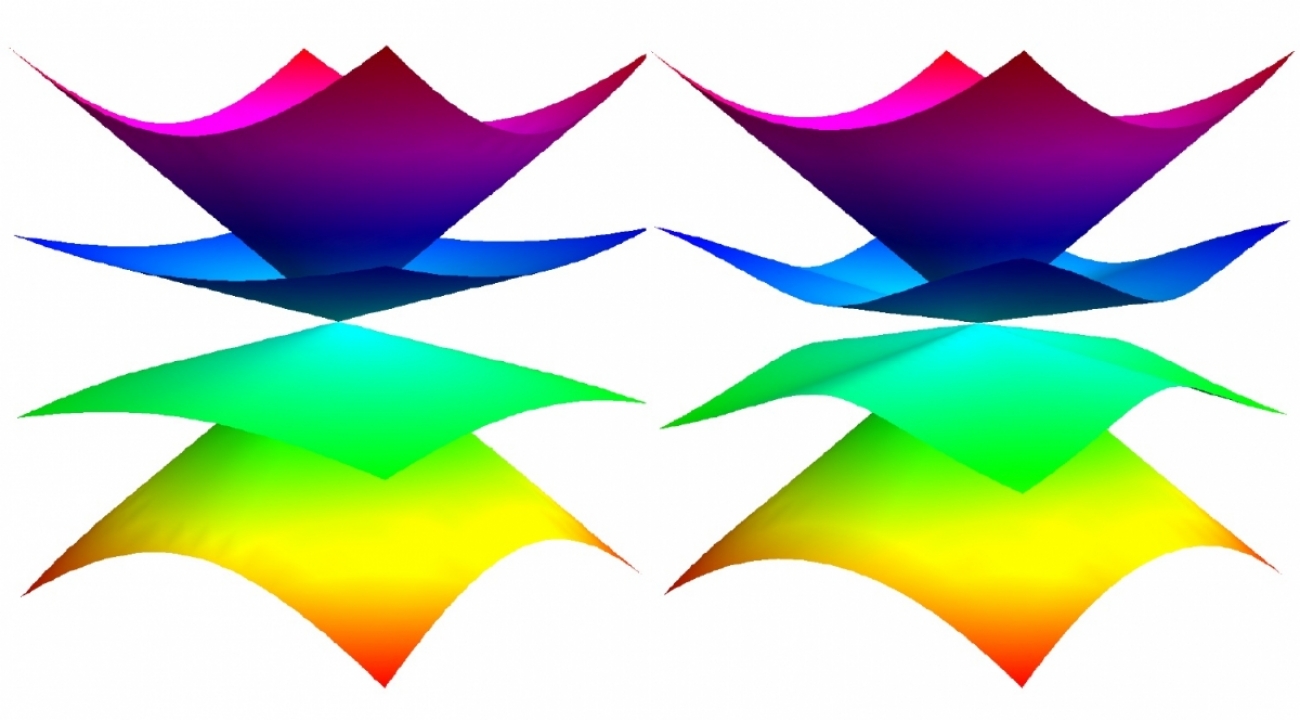Plotting the Future of Particle Physics Research
- Details
- Category: Department News
- Published: Wednesday, April 22 2020 05:56
Three University of Maryland researchers have been elected co-conveners of topical groups that will help determine the future of particle physics research.
The Snowmass Process is organized by the Division of Particles and Fields (DPF) of the American Physical Society. Snowmass facilitates discussion among high energy physicists for review by the Particle Physics Project Prioritization Panel (P5), which will identify and prioritize the most valuable areas of particle physics study in the years to come. The last P5 report was issued in May, 2014.
Associate Professor Alberto Belloni was named co-convener for the electroweak precision physics and constraining physics subgroup of the energy frontier group. Because of the Heisenberg uncertainty principal, precise measurements of the known particles and their properties can reveal the presence of heavy as-of-yet undiscovered particles. Measurements of this type foretold both the discovery of the top quark and the Higgs boson. Belloni has held various leadership appointments at the Compact Muon Solenoid experiment at CERN. He joined UMD in 2013.
Also in the energy frontier group, Zhen Liu was named co-convener for the more general explorations of Beyond the Standard Model physics. Such studies are key to understanding the discovery potential of proposed future particle colliders. Liu is a postdoctoral researcher at the Maryland Center for Fundamental Physics (MCFP). He received his Ph.D. from the University of Pittsburgh in 2015.
In the theory frontier group, Assistant Professor Zohreh Davoudi was elected co-convener of the lattice gauge theory discussion. Davoudi joined UMD in 2017 and has since received an Early Career Award from the Department of Energy, a Sloan Research Award and the Ken Wilson Award. She is also a member of MCFP.
Alumna Mirjam Cvetic (Ph.D., ’84) serves on the DPF Executive Committee and Snowmass 2021 Advisory Group. Haibo Yu (Ph.D., ‘07) is a co-convener in dark matter astronomy probes and Ira Rothstein (Ph.D., ’92) will work on effective field theory techniques.


